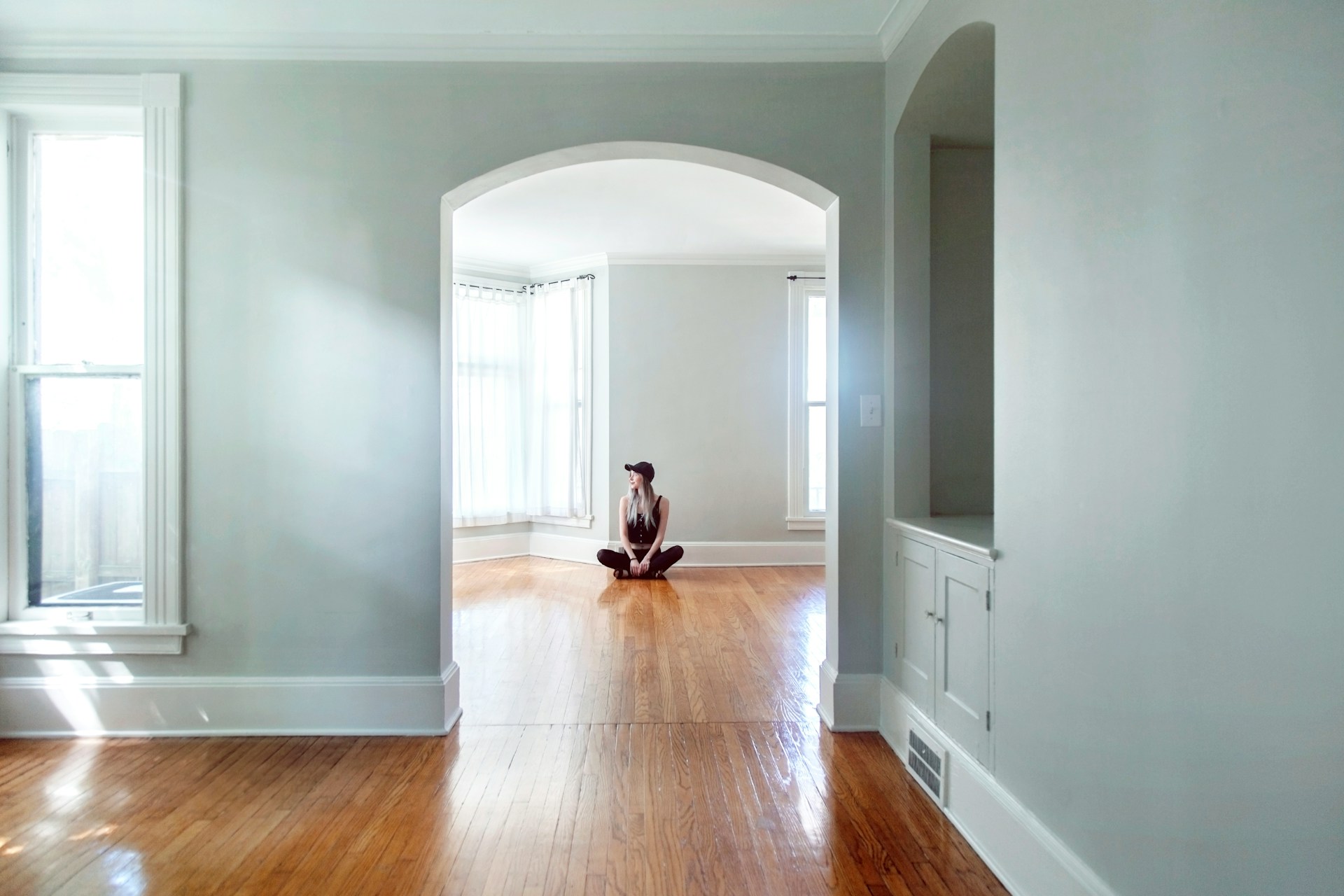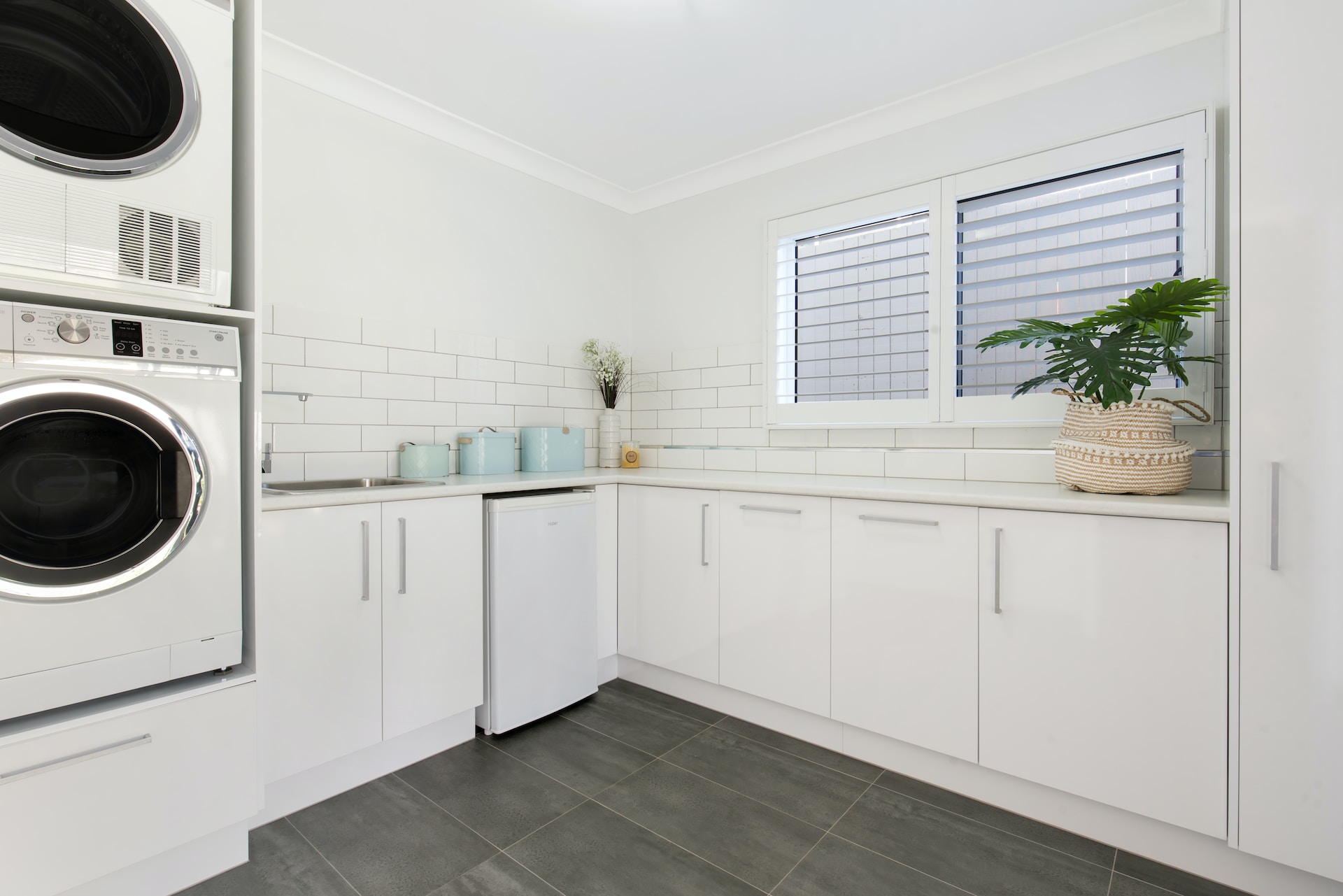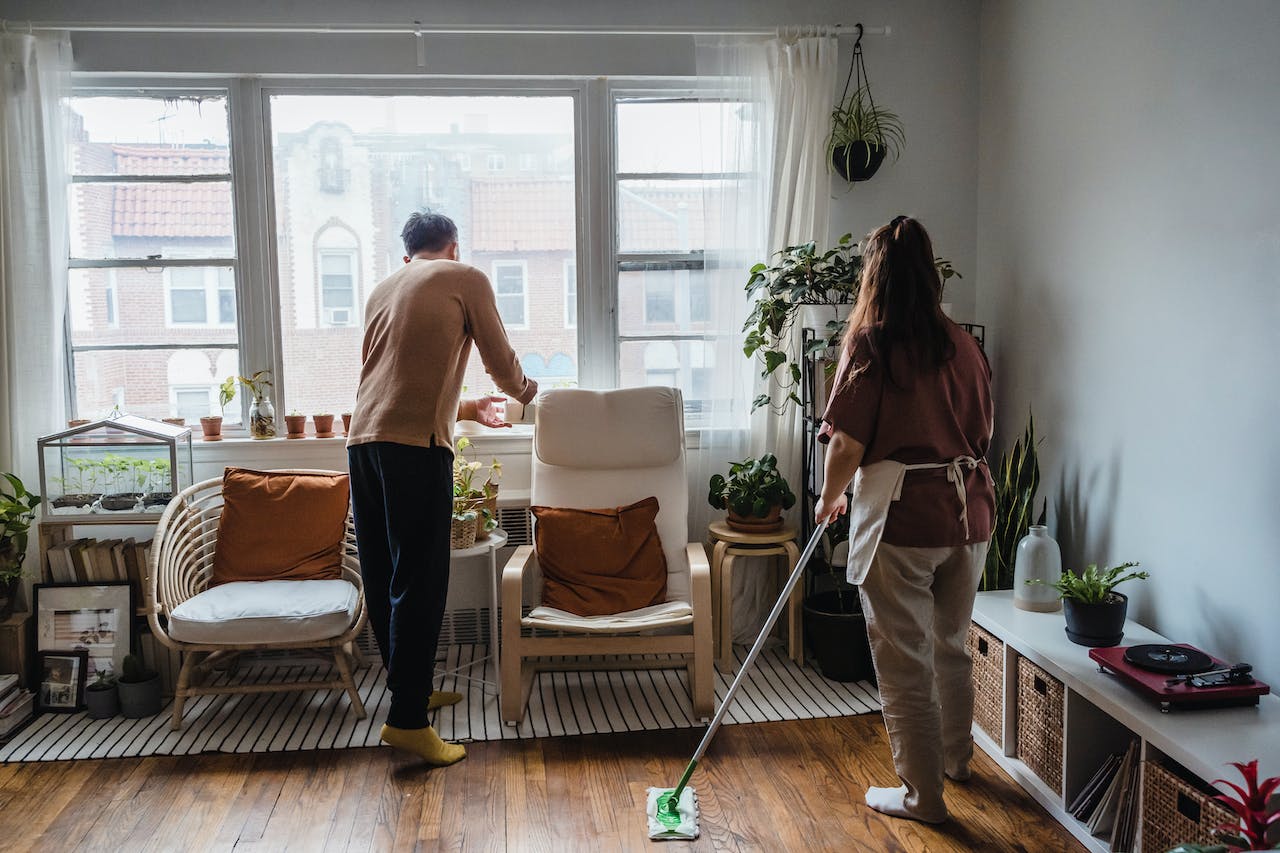The impact of the COVID-19 pandemic on the housing market in the United States is complicated. On the one hand, the pandemic forced many into unemployment and financial hardship, but on the other, home sales in 2020 hit a 14-year high.
Home prices in key markets continue trending up, meaning some Americans wishing to buy a home might want to consider a home that needs some repair—a proverbial “fixer-upper”.
In fact, nearly three-quarters (71%) of America’s largest generation – Millennials – would buy a house that needs some work, according to a recent survey. Some Millennials are already doing it by snapping up old cheap homes they find on Instagram.
But where are fixer-upper homes most affordable? Where can you save the most on buying a fixer-upper compared to a home that’s ready for moving in? Our analysis breaks it down.
—
Key Findings
- On average, fixer-uppers are priced 25% lower than typical homes
- Across the cities in our study, the average cost of a fixer-upper is $280k
- Fixer-uppers are cheapest overall in Flint, Michigan, costing an average of $50k
- The highest prices for homes in need of repair are in San Francisco – over $1.3 million for a fixer-upper
- Fixer-upper discount is biggest in Omaha, Nebraska where fixers cost 67% less than an average home
- In Boston, fixer-uppers cost almost as much as regular homes – only 1% cheaper
—
How Much Cheaper Are Fixer-Upper Homes?
According to our analysis, buying a fixer-upper in one of the 100 cities we’ve profiled will cost you 25% less than buying a home that’s more readily available for moving in. That said, how much you can save by buying a home that needs fixing varies greatly from state to state and from city to city.
“If you were on the market for a fixer-upper…they’d actually be pretty tricky to find. Only 2% of all listings across the cities we profiled were classified as ‘fixer-uppers’, which is roughly only one in 50 homes.”
For instance, fixer-uppers in Omaha, Nebraska cost 62% less than ordinary homes. If you’re willing to take the risk and put in the work, you can end up spending less than half of what you’d spend on buying a home in some of these cities. But buying a home in need of renovation in Boston or Phoenix, for instance, likely won’t save you that much money; fixer-uppers in these cities are only 1% to 2% cheaper than turnkey homes.
—
The Cheapest and Most Expensive Cities for Fixer-Uppers
The city with the cheapest price for a home in need of repair is Flint, Michigan. In the infamous city victimized by contaminated drinking water, fixer-uppers go for as little as $50,000. A little to the south, in Ohio, fixer-uppers in Akron and Dayton sell for an average of $56,000 and $60,000, respectively.
“…(B)uying a fixer-upper in one of the 100 cities we’ve profiled will cost you 25% less than buying a home that’s more readily available for moving in.”
In fact, in 15 out of 100 cities we analyzed, homes that need renovation sell for less than $100,000. Among them are some of the biggest cities in the Midwest like Detroit, Michigan, Cleveland, Ohio, Omaha, Nebraska, and St. Louis, Missouri, as well as a handful of cities in upstate New York.
Buying a home in need of repair, of course, isn’t always cheap. In places where homes are expensive in general, the fixer-upper prices are also riding high.
In San Francisco, for example, buying a fixer-upper will still cost you nearly $1,400,000 – that’s more than turnkey homes cost in 97 other cities. To add insult to injury, fixer-uppers in the City by the Bay are only 8% cheaper than ordinary homes.
“…(I)n 15 out of 100 cities we analyzed, homes that need renovation sell for less than $100,000.”
While we’re not going to dwell on the state of home prices in San Francisco, the Bay Area, and in California generally, it’s worth stressing, that Los Angeles ($941,000) and San Jose ($875,000) are second and third on the list of most expensive cities to buy a fixer-upper.
But at least in these two cities, buying a fixer-upper will be 15% to 19% cheaper than buying a turnkey home in those same areas.
—
Where Are Fixer-Uppers Most Prolific?
If you were on the market for a fixer-upper, in most places they’d actually be pretty tricky to find. Only 2% of all listings across the cities we profiled were classified as fixer-uppers, which is roughly only one in 50 homes.
This ratio doesn’t hold for Akron, Ohio, where almost one in every 10 homes for sale is a home that needs repair. Similarly, ample opportunities to buy a fixer-upper can be found in Syracuse, New York, Trenton, New Jersey, and New Orleans, Louisiana, where 7-8% of homes on the market can use some work.
Curiously enough, for all the high costs of real estate, Los Angeles makes it in the top 10 cities for fixer-upper availability. About one in 20 (5%) homes on sale in the City of Angels are classified as needing renovation.
—
So what is the fixer-upper capital of America? Well, it depends.
If we’re talking about how much cheaper fixer-uppers are compared to homes ready for moving in, it’s certainly Omaha, Nebraska. If it’s the concentration of fixer-uppers on the housing market, then it’s definitely Akron, Ohio.
If you’re thinking about buying a fixer-upper, there are many things to consider. From budgeting time and money for repairs to finding contractors to help you turn into your new home, or into a home for further resale.
Companies like Porch.com can expedite finding the best and most affordable contractors for your fixer-upper project. For more information on this topic, check out our guide to house flipping, and our survey on turnkey homes and fixer-uppers.
—
Sources and Methodology
Using the Census Bureau’s population estimates by city, we took the top 500 most populated cities in the U.S. and looked up their housing market details from Redfin, a national real estate brokerage.
Only the cities that had data available on Redfin, and at least five homes designated as “fixer-uppers” in current sales listings, were included in the final list. The final dataset contains 100 cities spanning 40 states, and the District of Columbia.
—
Research by VK
Illustrations by Meredith Lynne



